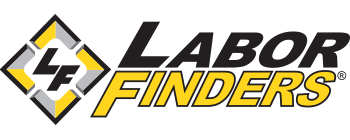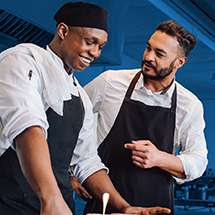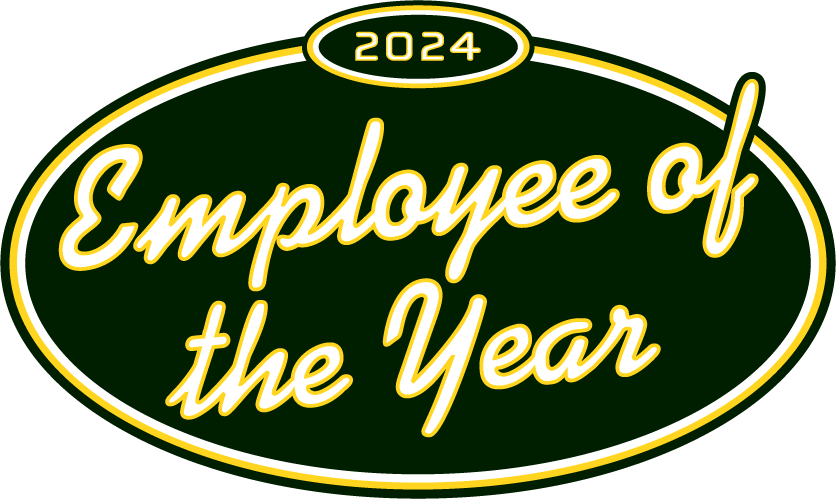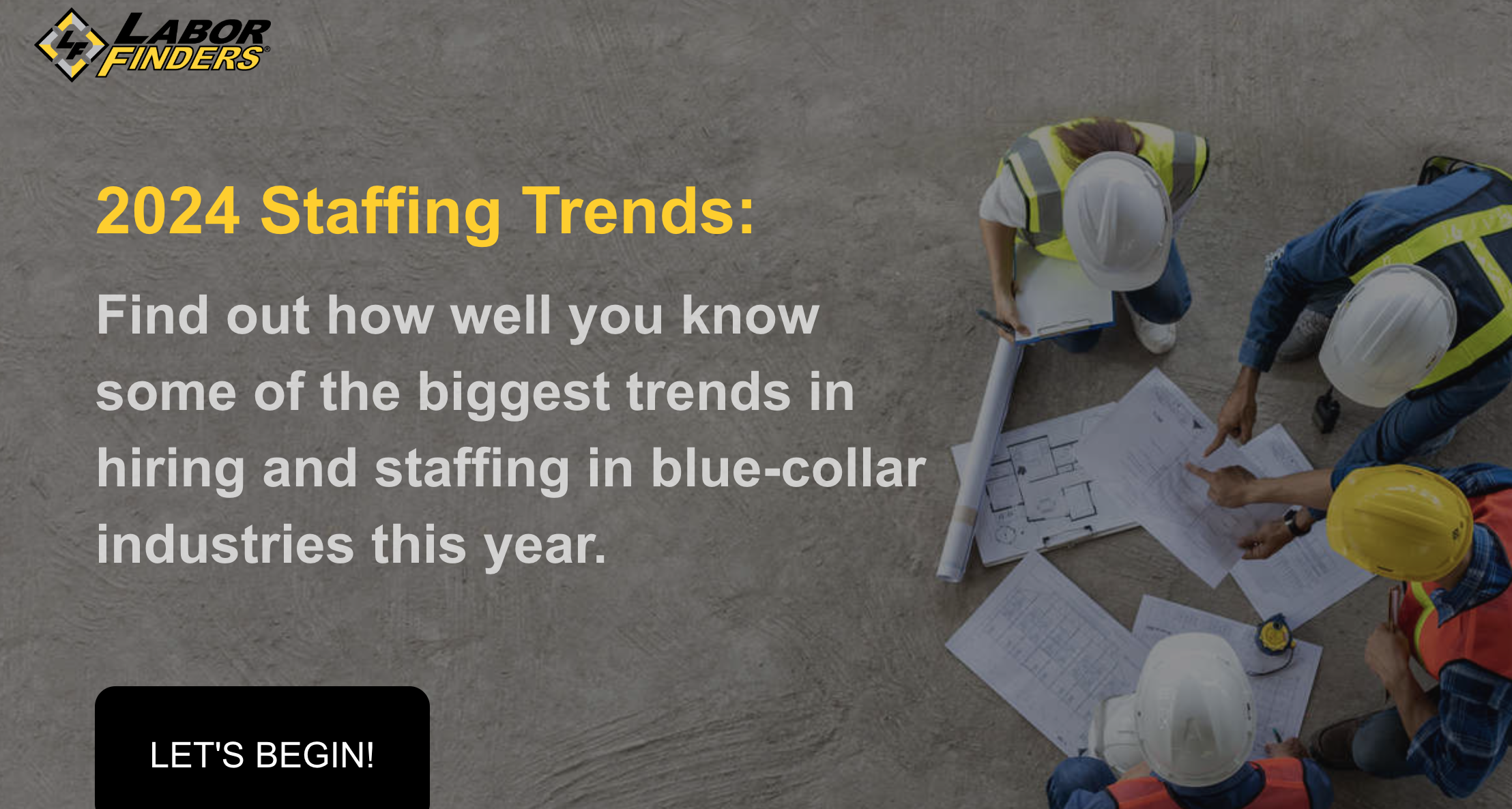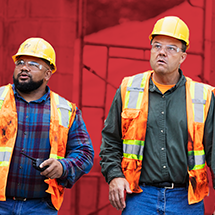-
Job Seekers
X
Job Seekers
Whether you're looking for a temp job or a permanent career, Labor Finders has you covered!
-
Explore
- How it works
- Industries
- Blog
- Locations
- Job Search
You May Also Be Interested In

2024 Employee of the Year
Learn more about our amazing Employee of the Year
-
-
Employers
X
Employers
Let us help you find the workers you need, when you need them.
You May Also Be Interested In

2024 Staffing Trends Quiz
Construction Staffing Trends Quiz
-
Industries
X
Employer Industries
Ready to staff your next project? Our staffing experts has the knowledge and the workers to cater to your unique staffing needs.
In this Section:
Job Seeker Industries
From construction to waste management, we have job openings in whatever industry you’re interested in.
In this Section:
-
About
X
About You
Getting matched to the right job, gaining the flexibility you want, making an impact in your community - at Labor Finders, it’s all about you!
-
You may also be interested in
- About Us
- Job Search Results
- Find an Office
- How it works
- Blog
About Us
With almost 200 offices nationwide, we’ve been putting people back to work for over 40 years. See why we’re a leader in the blue-collar staffing industry.
-
You may also be interested in
- About Us
- Media Center
- Video Library
- Leadership Team
- Careers
- In The Community
- History
-
Employment Readiness
A Day in the Life of a Food Photographer
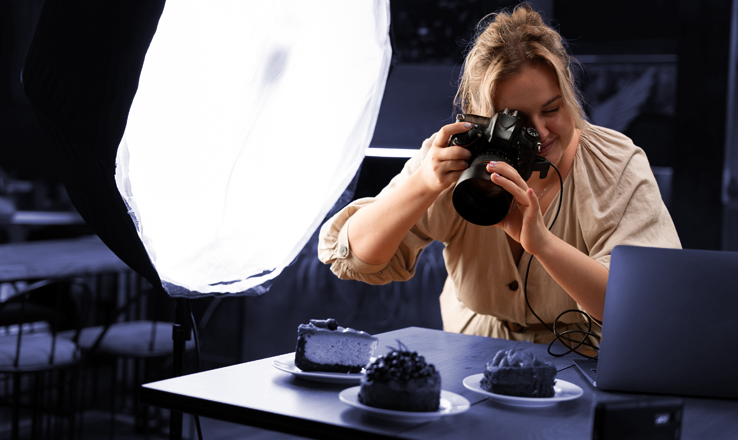
Food photographers are masters at making a plate of food look beautiful and delicious in a photo. So how do they do that? What does their workday look like? Their job can be broken down into three parts:
Pre-production
Before their creative work begins, food photographers get with clients to get the full scope of the project as well as set a date for the photoshoot. If their photos will be used for food ads or packages, you would’ve gotten direction from an Art Director or Food Stylist as to how the pictures should look. For cookbooks and magazines, on the other hand, you’ll have more creative freedom to take the kind of photos you want to take. Either way, you’ll need time to prepare for the big day, including ordering supplies, securing a location, and hiring any additional help you may need.
Photo Shoot
The day of the actual shoot is a busy one for a food photographer. They first travel to the site of the photoshoot with all of their gear in tow. Setting up includes getting out their camera equipment, putting up the lights, and any backgrounds and props you want to use. A food stylist may be on-site prepping the dish you’re going to photograph. If not, you may have to fulfill that role, too (click here to learn more about what a food stylist does). Then their work begins, using their camera skills to get the best photos for their client. They’re also responsible for making sure everything and everyone on the set runs smoothly.
Post Production
Once the photoshoot is over, food photographers go back to their studios or offices. They go through the hundreds of photos they’ve taken to find the best ones. Then they go through the process of editing and retouching them before sending them to the client. Since many food photographers work for themselves, they handle other office tasks like creating and sending invoices, filing away paperwork, and keeping tabs on their expenses.
How to Become a Food Photographer
To get into this career there’s no formal degree or license required but it’s advisable to get some sort of training so you’ll get the skills and experience you need to be successful. One option is to get a degree in photography where you’ll cover subjects like composition, editing, printing, and how to use different types of cameras. Another path of training is taking a food photography workshop like this one from Tasty where you’ll learn exactly what it takes to do the job. No matter which route you take, there are other skills you should have aside from how to take great photos. Creativity is a big one. You always have to come up with new and artistic ways to capture food in a picture. Attention to detail is also important in making sure your work is always impeccable. You also need a love and understanding of food, which comes with experience working in a culinary setting. Once you receive enough training and gained these skills, you’ll create a portfolio that you can use to apply to food photography jobs.
Ready to start your next culinary career? Our Personal Job Agents can help with that. Connect with one today.
